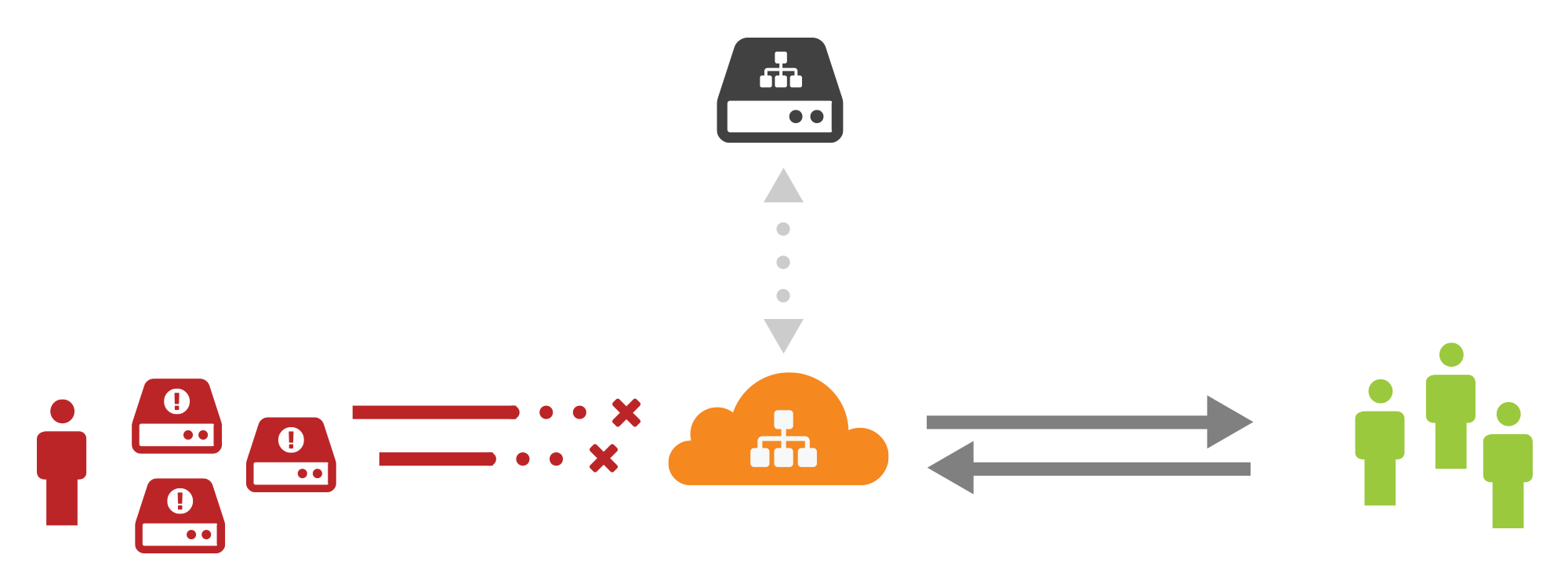3 big surprises from the Apple Watch event
Apple fans expected to learn more about the Apple Watch during yesterday's announcement, but to the surprise of the audience, Apple had more to talk about at its Spring Forward event on Monday.Apple bets on its retail stores to sell the Apple WatchApple's 453 retail stores give it an advantage in the smartwatch market. Apple has made its watch stand out with so many options and price points, starting at $349 with different styles, sizes, straps, finishes, and materials – even an 18-karat gold version starting at $10,000. But such a diverse product line doesn't lend itself to ecommerce sales. Given the complexity of choices, Apple's stores will be the consumers' starting point.To read this article in full or to leave a comment, please click here
